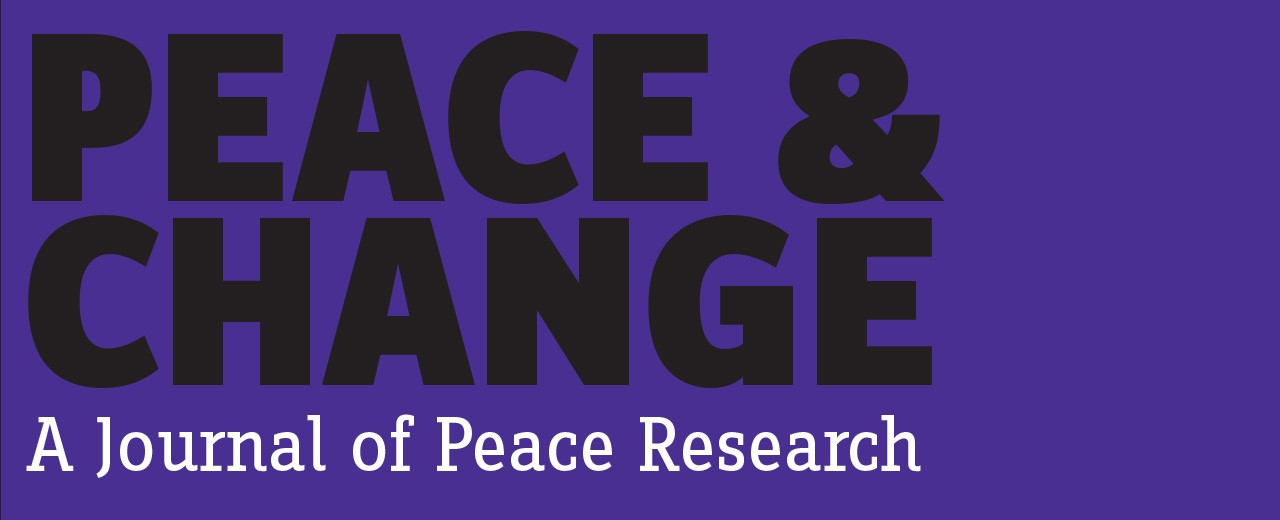Prue Moylan and I (program co-chairs), along with Kevin Callahan (PHS President and local site coordinator) are looking forward to a great Peace History Society Conference at The University of Saint Joseph in West Hartford, Connecticut. The conference opens Thursday October 22nd and runs through Saturday October 24th.
Our theme this year is “Historical Perspectives on War, Peace, and Religion” and we have 15 excellent panels of papers on topics ranging from the writing of the history of American Zionism to a comparison of Jane Addams and Gandhi to an examination of the role religious traditions have played in the aftermath of the Rwandan genocide.
We also have two superb plenary sessions. In the first, “Supernaturalism and Peace Activism: Expanding the Boundaries of Peace History,” Leilah Danielson will explore the role of religion and culture in shaping peace activism in the 20th century. She will argue that attention to these factors can help to set a new agenda for peace history, one that will be more fully engaged with historiographical trends and will up possibilities for a truly international peace history.
In our second plenary session, “American Catholic Peace Movement: Past and Present,” scholars will participate in a round table discussion on the Catholic peace movement in the United States during the 20th-century. Papers will be presented on Ben Salmon, one of only four U.S. Catholic conscientious objectors in World War I; Dorothy Day, a co-founder of the Catholic Worker movement in 1933 who has been dubbed the “Mother of the American Catholic Peace movement;” and Fr. Carl Kabat, a Catholic priest and anti-nuclear weapons activist during the Cold War.
We believe that the theme of this year’s conference is appropriate not only because we will be gathering on the campus of a Catholic college, but also because the connection between violence and religion is one which has recently been coming under increased scrutiny by scholars. For instance, William Cavanaugh has argued that the “myth of religious violence”—the notion that religion is inherently violent and so needs to be controlled by state—has a history that coincides with the rise to of modern nation-state. Likewise, Karen Armstrong has noted that what is regarded as religiously-motivated violence is almost always depicted as fanatical, while violence at the service of the state—war—is usually presented as rational and necessary.
Our hope is that many of the conference papers—as well as those to be included in the special issue of Peace & Change—will not only address such historiographical questions, but will also offer alternative historical perspectives on the role faith traditions and individuals within those traditions have played in countering war and building peace.
Again, we are looking forward to a great conference and look forward to seeing you all in West Hartford!
-Ben Peters
